About Parts and Memory Therapy
Parts and Memory Therapy is a way to do counseling or psychotherapy. It begins with two controversial ideas. The first is that the mind consists of many Parts or subpersonalities, each with its own submind. It’s not a single, consistent, streamlined thing. The second is that nearly all adult mental and emotional issues result from our histories of painful life experiences, especially the years of growing up.
It’s fairly easy to show that we all have multiple subpersonalities (NOT “multiple personalities” in the sense of Dissociative Identity Disorder). Just think about how you are when you are angry. You speak differently than when you are calm and you think differently. When angry you rarely listen to what others are saying because you are too involved in making others listen to you.
And if you turn your attention inward and try to imagine what this angry Part of you looks like, you might find an image of a monster, or a fire, or the sun, or just the color red. Of course, you might also find just an image of yourself as you are now, but with a frown or a grimace.
The other controversial idea, that almost all mental and emotional problems stem from your history of trauma or loss, is actually less controversial than it is ignored. The dominant cognitive and behavioral psychotherapies aim to give you quick fixes for coping with present time problems. The past is unimportant to these therapies because of the false assumption that nothing can be done about the past. But this isn’t true. Parts and Memory Therapy (also called Parts Psychology) is one of a few psychotherapies that can demonstrate the permanent healing of trauma, whether recent or past. The healing comes in the form of neutralizing the painful or otherwise disturbing emotions that are connected to the traumatic memories. The result of the neutralizing interventions is that you become emotionally neutral for the traumas. You remember them but they don’t bother you anymore.
About Healing Amelia
HEALING AMELIA is the book in which the characters depicted below appear. The drawings represent the artist’s conception of Amelia’s internal Parts based upon the text. There are additional characters but these are the most important ones. The book will appear in 2018. It is the next Parts and Memory Therapy offering to the public. Here are brief descriptions of Amelia and her Parts.
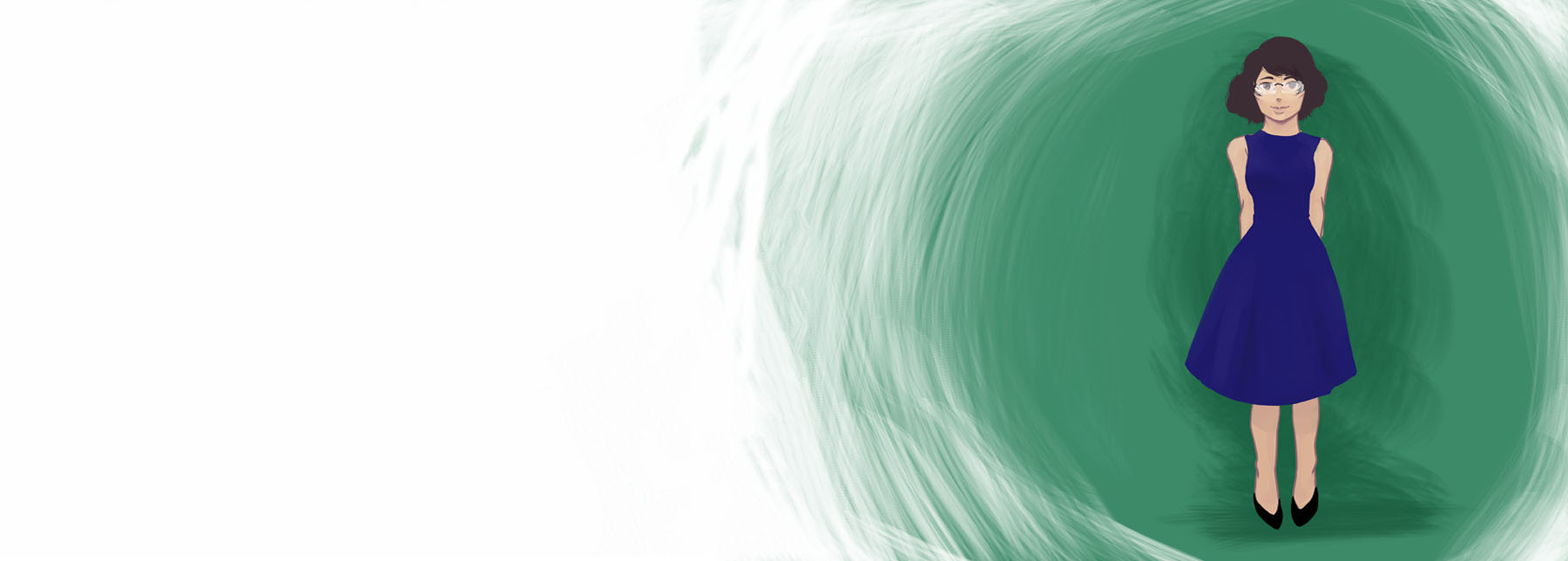
This drawing depicts Amelia at her first psychotherapy session. Many Parts have features that resemble this outer Amelia. Others have no resemblance at all.
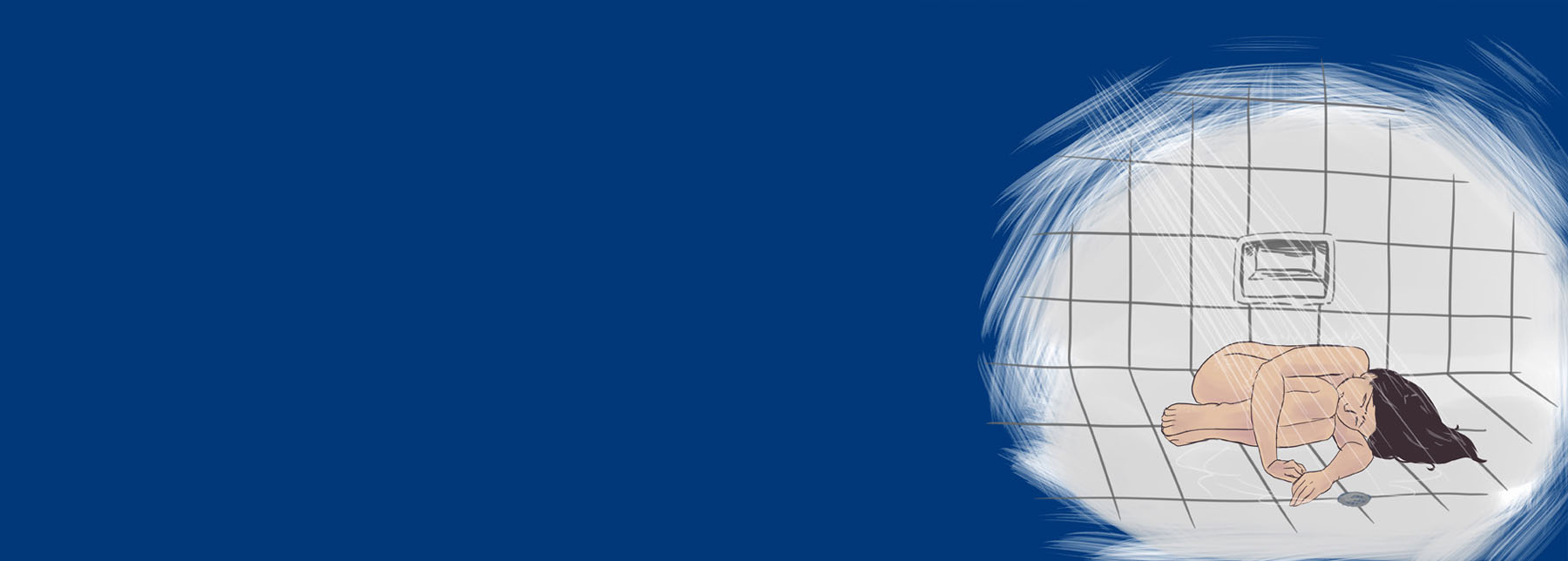
She is the first Part we met when we began doing the deep work to heal Amelia’s postpartum depression. Amelia called her Postpartum Me. She is a version of Amelia from three years prior to present-time Amelia. She was trapped in the deepest part of the depression that followed the birth of Amelia’s son three years previously. She lay crying on the floor of her shower feeling utterly helpless and powerless.
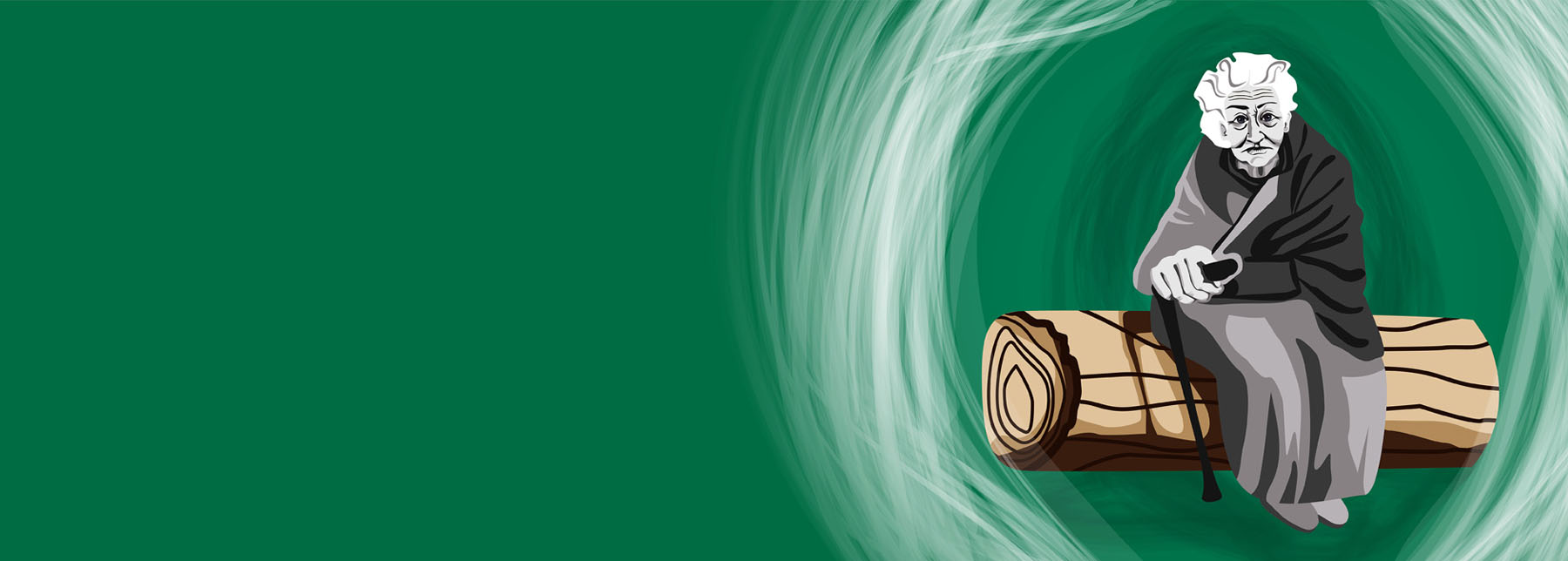
She shows herself as a black-and-white image, very old and decrepit, needing a walker or a cane to move about. She symbolizes the debilitating nature of a PMS so overwhelming that it merited the psychiatric diagnosis of Premenstrual Dysphoric Disorder (PMDD). She carried the current-time burdens of school- and child-care, household financial management, her own work and career demands, and the lack of appreciation by a disinterested husband. Her earliest memories dated to the 12-hour days with no-time-off from her first jobs in her home country. Initially she seemed to be just the Part who carried the fatigue of PMS, but she was also a major driver of Amelia’s rage in the verbally violent arguments with her husband.
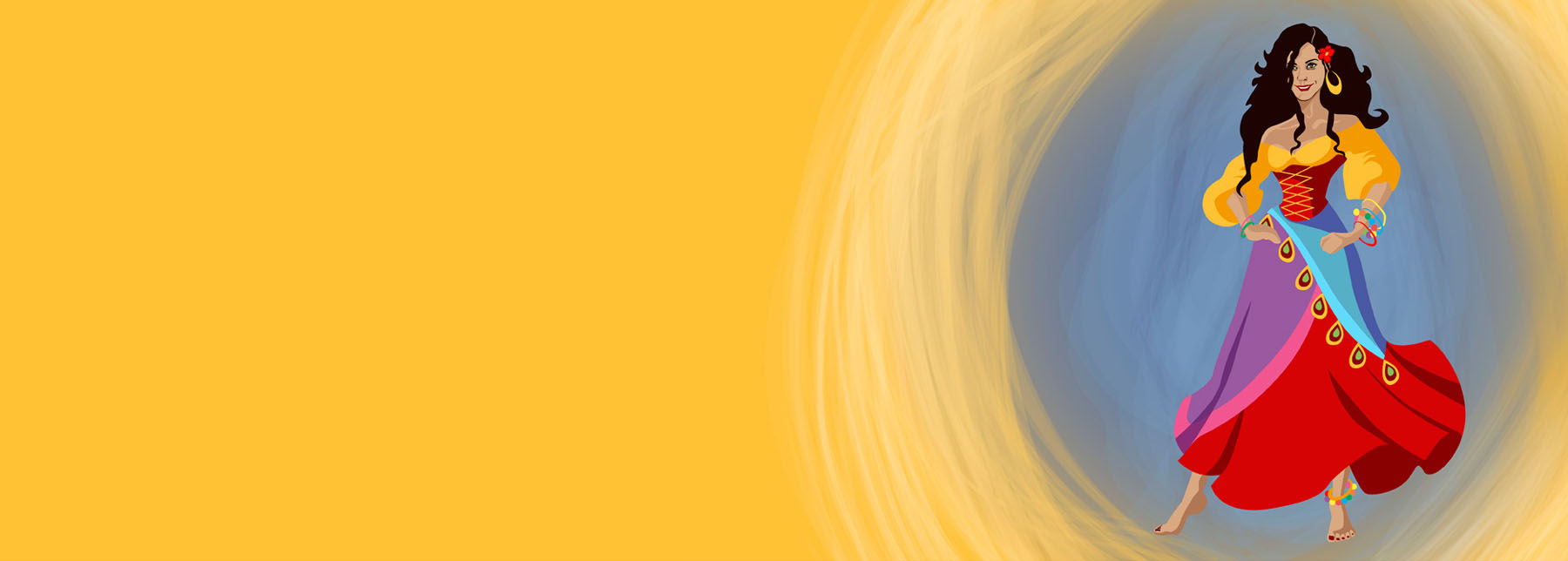
Ultimately, as the result of Amelia’s patient healing of her many wounds of childhood and young adulthood, Old Woman’s image spontaneously transformed into colorful Gypsy. The new Part was joyful, embraced life and a future of new experiences. One major source of Amelia’s PMS symptoms was silenced.
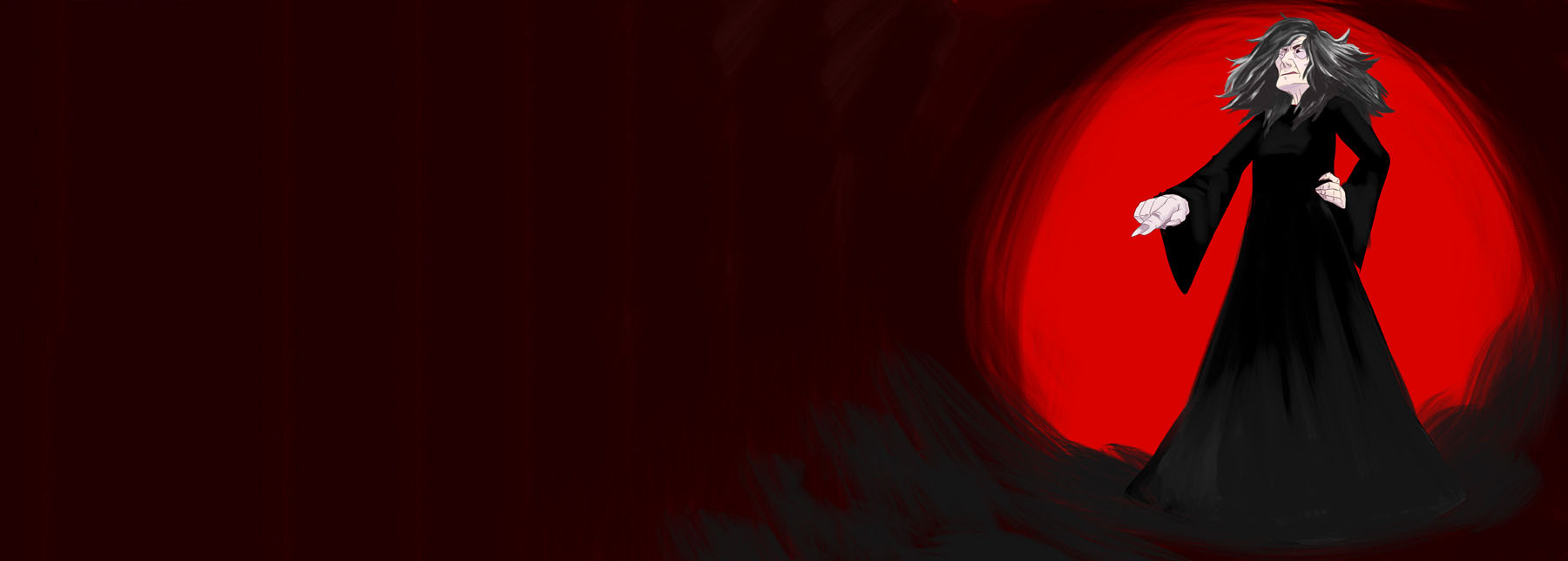
When Amelia first found this Part, she thought she looked witchlike. So she called her The Witch. The Part said a better name for her was Loneliness. She was the most powerful of Amelia’s internal Parts, a Manager determined to protect Amelia by denying her sexual desire and another child. She made Amelia miserable with PMS symptoms, both at ovulation and just before menses. She isn’t as fiercely witchlike in the pages of the book as the artist’s drawing shows her. The Witch carried Amelia’s abandonment wounds from early childhood and brought that pain to Amelia’s adult life during PMS episodes.
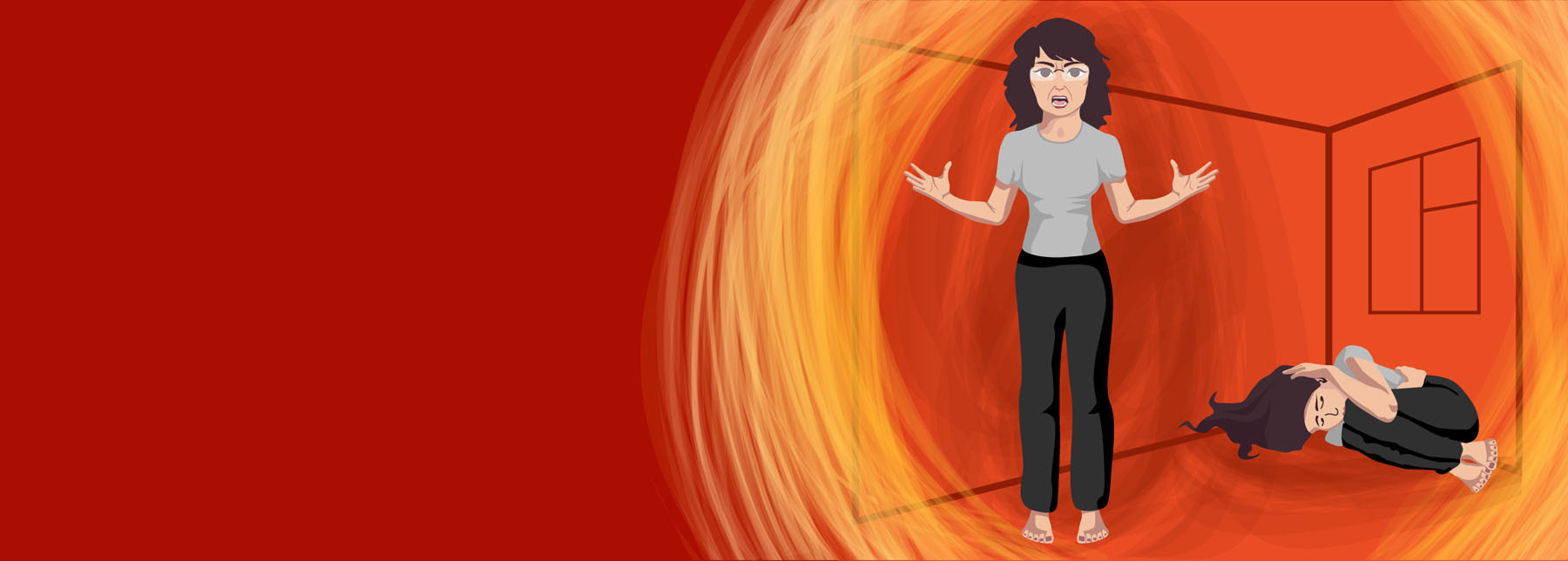
These two Parts were directly involved in Amelia’s failure to develop a proper mother-child bond with her daughter, who was five years old when therapy began. Although Big Twin was successful in developing a loving bond with Amelia’s son, she was regularly irritated or angry with the daughter. Little Twin was also bonded with Amelia’s son, but was depressed and guilty for not being a good mother to the daughter.
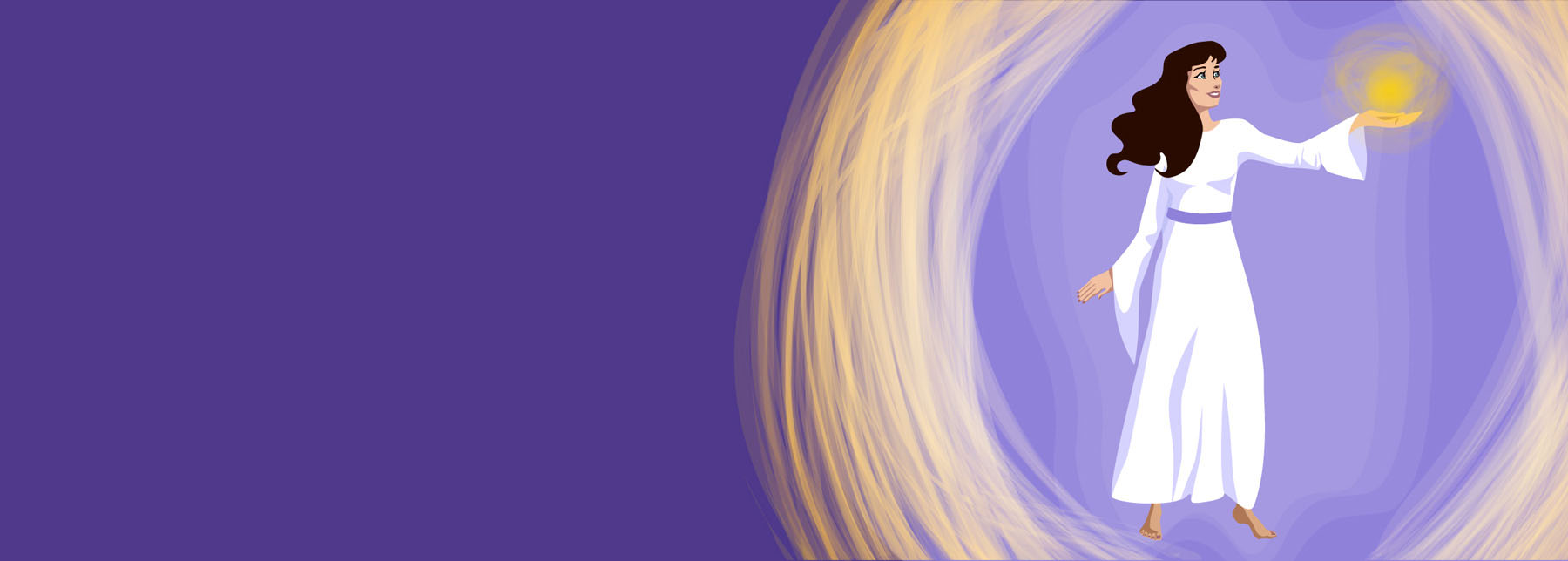
She carried the mother-love for Amelia’s son that Amelia lacked for her daughter. Love was able to share with The Twins the energy of mother-love, which permitted them to finally bond with Amelia’s daughter. Before that could happen, Amelia had to first heal her own wounds of abandonment that were carried by Big Twin and Little Twin. These wounds were caused by Amelia’s mother when she shipped off Amelia to be looked after by her grandmother at the age of five or six.
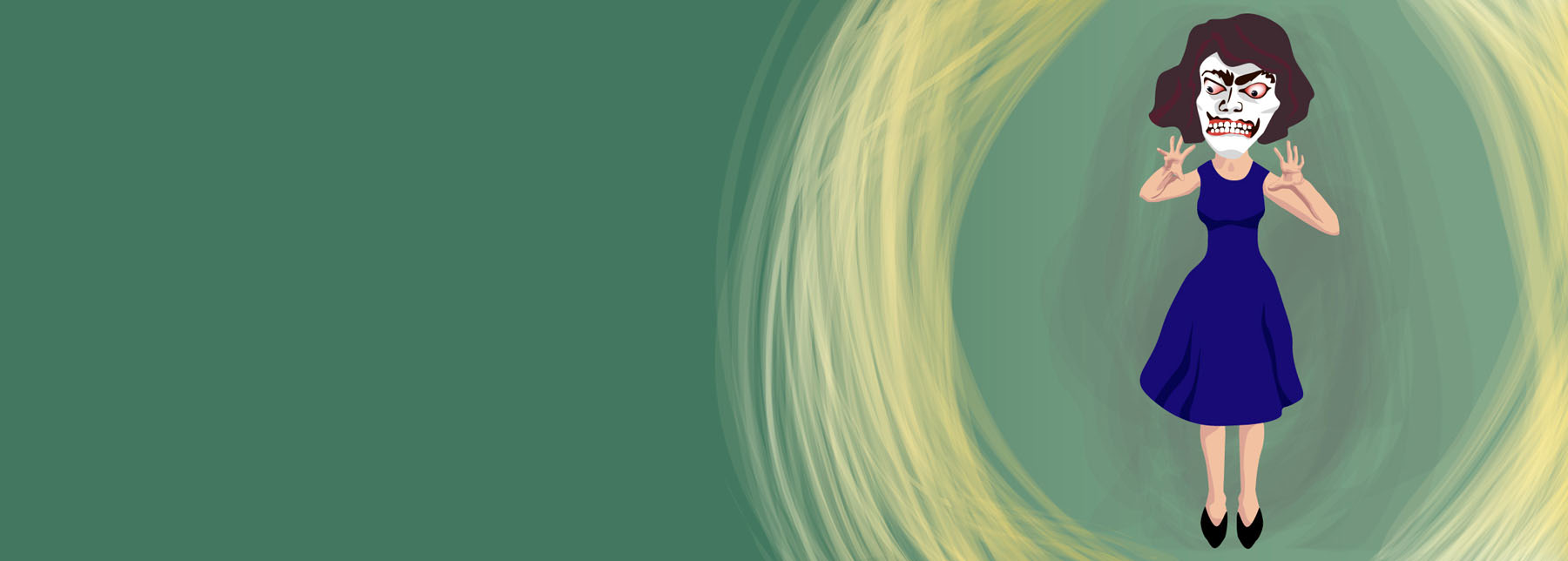
After healing the rage of Postpartum Me, Old Woman, and The Witch, we thought Amelia would be calm rather than rageful, but there was yet more anger. Monster Head was created in childhood through the Head-Banging Little Girl and her belief that there was something wrong with her head. Monster Head carried the memories of feeling unloved by her mother and father. She also carried the disappointments of holidays and other significant events that were ruined by her parents’ fighting or by the absence of her father.

As a child Amelia was not permitted to show her emotions. She should keep her sadness, disappointment, and anger to herself. She was the only child in a household of grandparents, uncles and aunts. In her room she would bang her head against the wall or beat her head with her own fists. Rather than be angry with her caretakers, she turned her rage against herself.
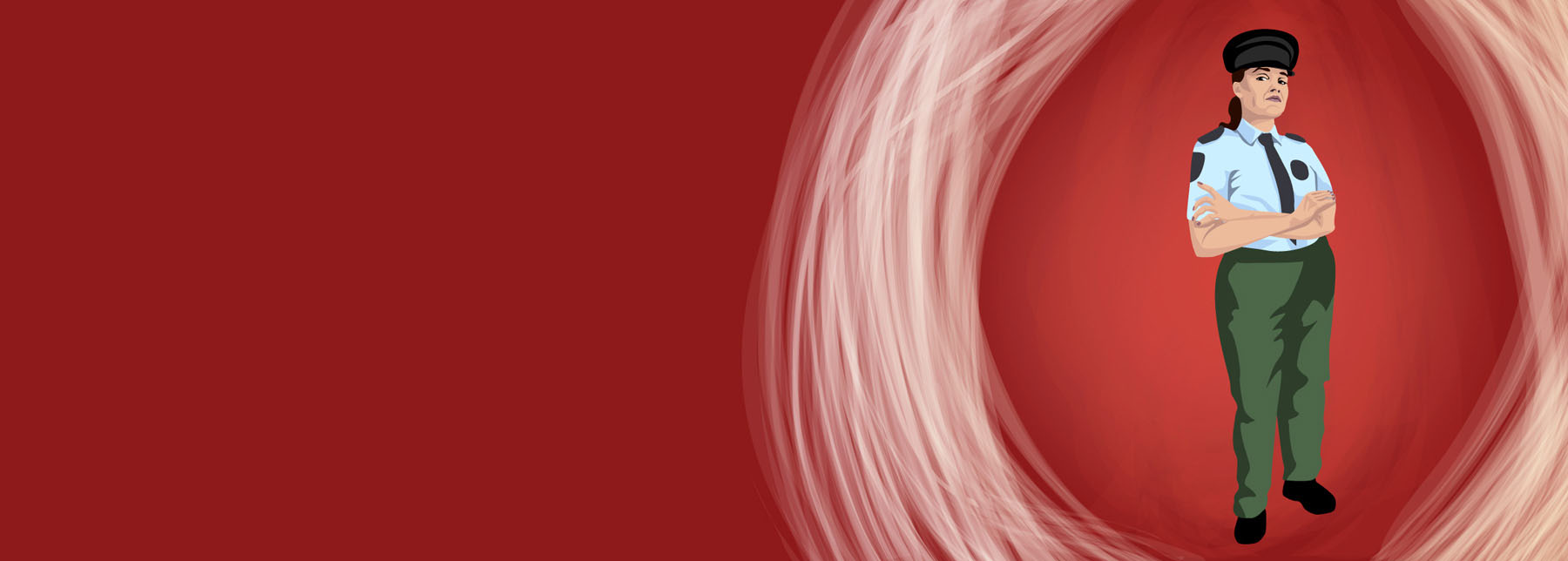
She was the last of the major angry Parts. She was dressed like a prison guard and she made Amelia work through the hormonal shifts of her periods without slowing down. She also drove her husband to do his work, setting off a great many fights about taking care of responsibilities. She had her origins in tending to her father’s incapacity when he was too drunk to function.
Where Can You Go?
Interested in learning more about Parts and Memory Therapy? Looking for a provider near you? Learn more here…




